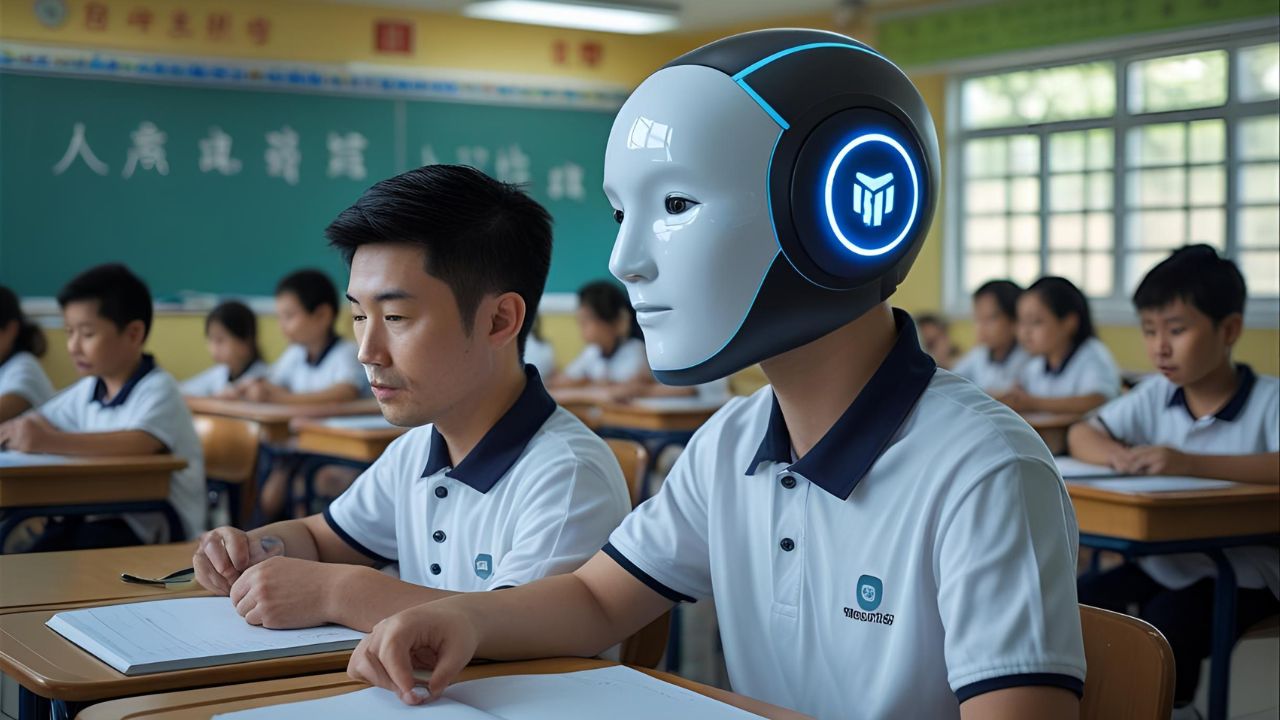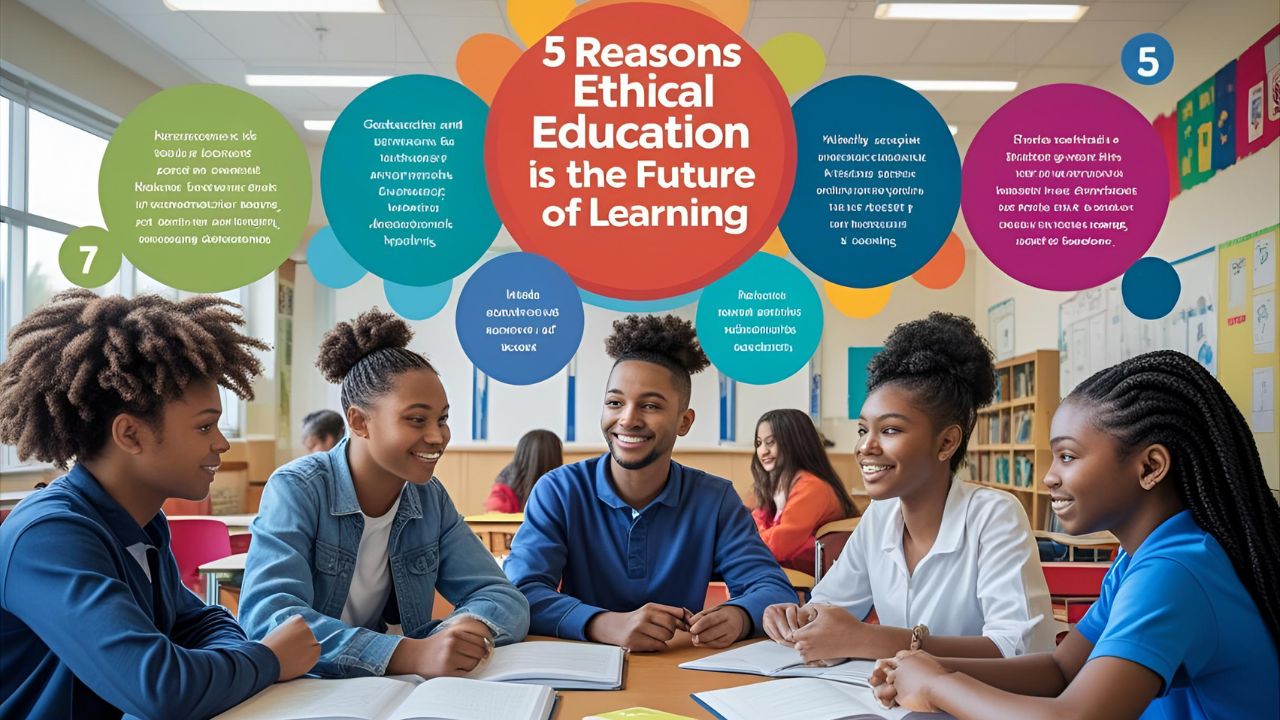Global Learning Without Leaving Home: The Rise of Virtual Student Exchange Programs
Introduction
Imagine sipping tea in your home while discussing climate change with a classmate in Kenya, analyzing a poem with someone in Japan, or learning about cultural traditions from a Brazilian friend — all without stepping outside your door. Sounds futuristic? Not anymore. Welcome to the age of Global Learning, where virtual student exchange programs are transforming education and tearing down geographic boundaries.
Once a privilege limited to the lucky few who could afford international travel, student exchanges have now gone digital. Thanks to technology, students around the globe can collaborate, learn, and experience new cultures from their own homes. Let’s dive into this exciting new chapter in education.
1. What is a Virtual Student Exchange Program?
A virtual student exchange is like a passport to another world — minus the visa and travel expenses. It allows students from different countries to connect online, share academic work, collaborate on projects, and learn about each other’s cultures. These programs often include video calls, group discussions, presentations, and joint assignments.
Think of it as a global classroom — your screen becomes a window to the world.
2. Why Are Virtual Exchanges Becoming Popular?
The COVID-19 pandemic played a big part in this shift, but the appeal goes beyond necessity. Virtual exchanges offer flexibility, affordability, and accessibility. They’ve become a sustainable alternative to traditional exchanges, opening up global learning to students who may never have had the chance to travel.
Plus, in our increasingly interconnected world, understanding other cultures is more important than ever.

3. The Role of Technology in Global Learning
Technology is the backbone of virtual exchange programs. High-speed internet, video conferencing apps like Zoom and Google Meet, and collaboration tools like Padlet and Google Docs make it all possible.
These tools create real-time interaction, making learning dynamic and engaging. It’s not just a boring video lecture — it’s a lively conversation with peers from all over the world.
4. Key Benefits of Virtual Student Exchanges
Here’s why virtual exchanges are gaining momentum:
- Cost-Effective: No flights or visas — just Wi-Fi.
- Safe & Secure: No health risks or safety concerns abroad.
- Time-Saving: Fit sessions into your regular school schedule.
- Scalable: One program can involve hundreds of students globally.
It’s like having the benefits of travel, without packing a suitcase.
5. Cultural Understanding from Afar
Cultural exchange is more than tasting foreign food or sightseeing. It’s about listening, learning, and appreciating different perspectives. Virtual programs offer:
- Language Practice: Talk to native speakers.
- Global Awareness: Learn about world issues from different lenses.
- Empathy Building: Understand different lifestyles, traditions, and values.
In short, students learn to see the world through someone else’s eyes.
6. Educational Impact and Academic Growth
Global learning sharpens many academic and soft skills:
- Communication: Express ideas clearly across cultures.
- Collaboration: Work in diverse teams.
- Critical Thinking: Tackle global issues with a broader mindset.
- Problem-Solving: Address challenges creatively.
These programs help students become not just better learners, but better thinkers.
7. Virtual vs Traditional Exchange Programs
Let’s break it down:
| Aspect | Traditional Exchange | Virtual Exchange |
|---|---|---|
| Cost | High | Low |
| Travel Required | Yes | No |
| Duration | Weeks to months | Flexible |
| Accessibility | Limited | Wide |
| Cultural Immersion | Deep but short-lived | Ongoing and interactive |
While physical travel has its charm, virtual exchanges provide a level playing field for all students.
8. Real Stories: Students Sharing Their Experiences
Maria from Spain joined a climate education program with students from Kenya and Bangladesh. She says, “It changed how I see the world. We all had different challenges, but similar goals.”
Tariq from Jordan participated in a virtual literature circle with Canadian students. “I got to discuss poetry with people who had such different life experiences. It was eye-opening.”
These stories prove that learning across borders is both powerful and personal.

9. Challenges and How They’re Overcome
Like any program, virtual exchanges aren’t perfect. Common hurdles include:
- Time Zones: Scheduling can be tricky, but flexible timings and recorded sessions help.
- Language Barriers: Translation tools and language support reduce misunderstandings.
- Technical Glitches: Reliable platforms and digital literacy training fix most issues.
Educators are getting better at smoothing out the bumps, making programs more effective every day.
10. Accessibility and Inclusion in Virtual Learning
One of the greatest strengths of virtual exchanges is inclusivity. Students from rural areas, developing nations, or underfunded schools can now access international opportunities that were once out of reach.
This model empowers everyone — not just the elite — to participate in global learning.
11. Popular Platforms and Tools for Virtual Exchange
Some tools making this revolution possible include:
- ePals: For safe global classroom exchanges.
- iEARN: Offers collaborative projects in over 140 countries.
- Flip (formerly Flipgrid): Video discussion platform.
- Edmodo and Google Classroom: Learning management systems.
These platforms ensure learning stays engaging, collaborative, and structured.
12. Role of Schools and Universities
Educational institutions are playing a major role by:
- Creating global partnerships
- Training teachers in virtual facilitation
- Integrating exchange programs into the curriculum
They act as bridges, connecting classrooms worldwide and fostering lasting relationships.
13. Global Learning Skills for the 21st Century
Virtual exchange fosters skills that are vital in today’s world:
- Digital Literacy: Navigating tools and platforms confidently.
- Intercultural Communication: Respecting diverse backgrounds.
- Global Citizenship: Thinking and acting with the planet in mind.
These aren’t just academic gains — they’re life skills.
14. Future of Virtual Student Exchanges
What’s next? We’re heading toward:
- Hybrid Models: Mix of in-person and virtual experiences.
- AI-Driven Translation: Real-time language support.
- Immersive Tech: VR and AR for deeper cultural exploration.
The future looks exciting — and deeply connected.
15. How to Join a Virtual Exchange Program
Want to join? Here’s how:
- Ask Your School: Many are already participating.
- Search Online: Look up platforms like iEARN, AFS Global You, or Global Nomads Group.
- Stay Open: Be ready to learn, listen, and share your world.
You don’t need a passport. Just curiosity and a stable internet connection.
Conclusion
Global learning has taken a bold leap forward, thanks to virtual student exchange programs. They’re not just a trend — they’re a transformation. From boosting academic skills to building bridges across cultures, virtual exchanges are opening doors once locked behind economic or geographic barriers.
In a world where borders often divide us, these programs unite us — one screen, one conversation, and one shared idea at a time.
FAQs
1. Are virtual student exchanges as effective as traditional ones?
Yes, they offer different but equally valuable experiences, especially in terms of inclusivity and global collaboration.
2. Do I need to be fluent in English to join a virtual exchange program?
Not necessarily. Many programs offer language support or translation tools to help communication.
3. How long does a typical virtual exchange program last?
Programs can range from a few days to several months, depending on the organizer and structure.
4. Can younger students participate in virtual exchanges?
Absolutely! Many programs are designed for middle and high school students, not just college-level learners.
5. Is there a cost involved in joining a virtual exchange program?
Most are free or low-cost, especially compared to traditional exchanges, making them accessible for many students.



